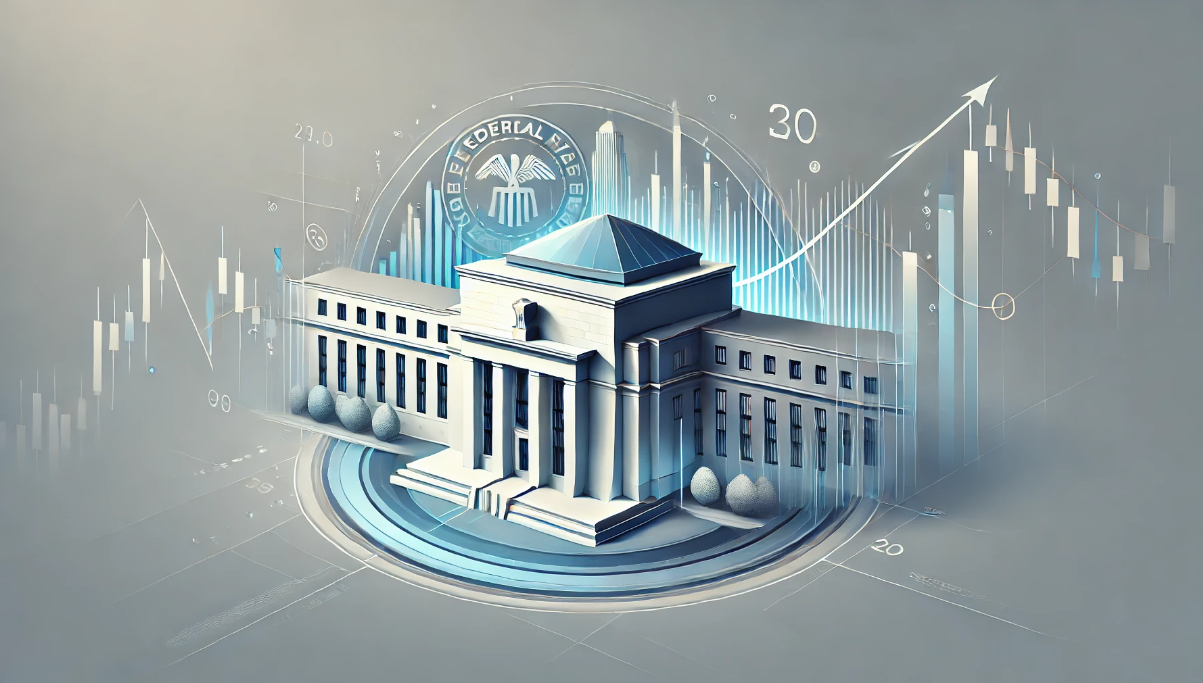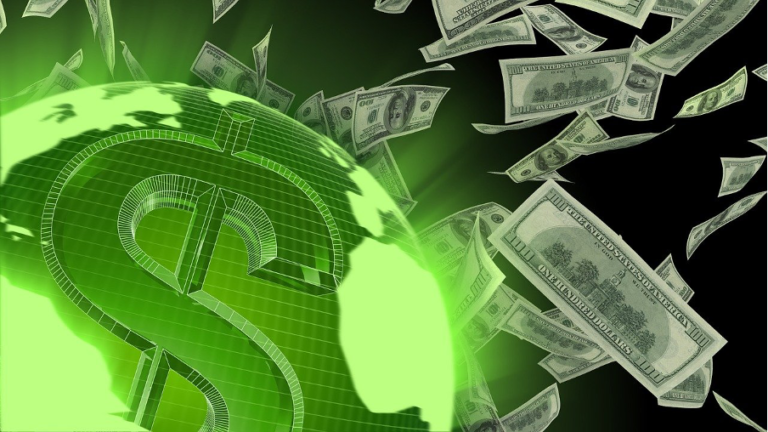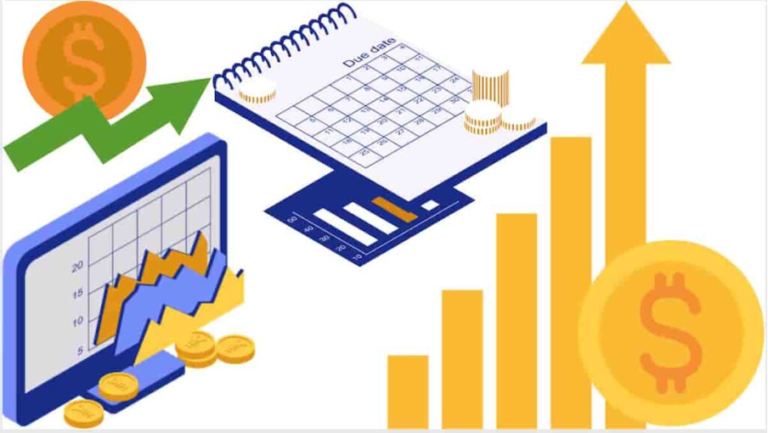Will the Federal Reserve Cut Rates Again in 2026? Market Expectations, Inflation Trends, and Investor Outlook
The Federal Reserve enters 2026 at a critical juncture for monetary policy. After two rate cuts in late 2025, markets are now focused on whether the central bank will continue easing or pause amid lingering inflation pressures. With the U.S. economy showing mixed signals—slowing growth, stabilizing inflation, and softening labor momentum—the direction of the Fed’s next move carries major implications for global markets, corporate earnings, and investor positioning.
The Policy Landscape: Where the Fed Stands Today
After maintaining elevated interest rates through most of 2024, the Federal Reserve pivoted toward modest easing in 2025 due to:
- A visible slowdown in GDP growth
- Cooling inflation across core categories
- Rising job-market soft spots
- Temporary data distortions caused by the U.S. government shutdown
By December 2025, the benchmark federal funds rate had moved into the 4.75%–5.00% range, offering limited support to financial conditions while maintaining a restrictive stance.
Inflation Entering 2026: Progress but Not Victory
The path of inflation remains the single most important driver of the Fed’s 2026 decision-making.
Key Inflation Metrics:
- CPI: Hovering between 2.9% and 3.2%
- Core PCE: Trending closer to the Fed’s 2% target
- Shelter Inflation: Sticky but gradually easing
- Energy Prices: Volatile due to ongoing geopolitical tensions
Despite meaningful progress, inflation has not yet returned to a level that would allow the Fed to confidently declare mission accomplished.
A Labor Market Losing Momentum
The U.S. labor market remains resilient but continues to decelerate:
- Job openings have steadily declined
- Wage growth has normalized
- Business hiring intentions are softening
- Layoffs are rising in interest-sensitive sectors (tech, finance, manufacturing)
The moderation is healthy, but a sharper downturn could increase pressure on the Fed to ease further.
What Markets Expect in 2026
Rate Futures Pricing:
Markets currently expect 1–2 rate cuts in 2026, with the first likely in the second half of the year.
Wall Street Forecasts:
- Goldman Sachs: One cut, likely in Q3 2026
- Morgan Stanley: Two cuts depending on economic softness
- JPMorgan: Fed likely pauses unless the job market weakens materially
- Barclays: No cuts; “higher for longer” remains baseline
Consensus: The Fed will remain data-dependent, not calendar-dependent.
What Could Force the Fed to Cut Rates Again
The Fed may consider further easing if one or more of the following occur:
• A material slowdown in consumer spending
Any significant drop in consumption—still the backbone of U.S. GDP—could require policy support.
• A geopolitical or energy-price shock
Middle East instability remains a major risk to global oil supply and U.S. economic momentum.
• Signs of financial stress
Banking-sector vulnerabilities or corporate credit strains (especially in commercial real estate) could accelerate easing.
• Sharply tighter credit conditions
If banks become more conservative in lending, the Fed may compensate with additional rate cuts.
What Could Delay or Prevent Cuts
Conversely, the Fed may keep rates steady if:
• Inflation stalls above 3%
Sticky services or shelter inflation would force a cautious stance.
• Consumer strength continues
If spending remains robust, the Fed will hesitate to ease prematurely.
• Labor markets remain healthy
Wage stabilization and steady job growth reduce urgency for cuts.
• Commodity prices rebound
A renewed rise in oil or metals prices could delay policy easing.
Market Implications: How Investors Should Position
Equities
- Growth and tech benefit most from rate cuts.
- Value and defensives perform better in a “higher for longer” scenario.
- Earnings sensitivity to borrowing costs will remain a key driver.
Bonds
- Treasury yields may drift lower if the Fed cuts.
- Duration-sensitive assets could outperform.
- Corporate credit spreads will be a focal point.
Housing
- Mortgage rates may ease marginally in H2 2026.
- Housing demand could recover modestly if affordability improves.
Currencies & Commodities
- A softer Fed typically weakens the U.S. dollar.
- Gold and other safe-haven assets could appreciate if real yields fall.
Conclusion: A Slow, Cautious Path Ahead
The most probable scenario for 2026 is a measured, data-driven easing cycle, not an aggressive one. Markets currently expect:
- One rate cut as the base case
- Two cuts if economic risks intensify
- A prolonged pause if inflation re-accelerates
The Federal Reserve will move carefully, prioritizing stability and inflation control over market expectations. For investors, the key to 2026 will be flexibility—closely monitoring labor trends, inflation data, and geopolitical developments that could shift the Fed’s trajectory.







